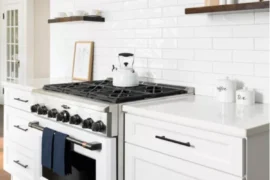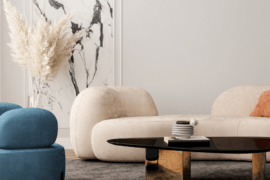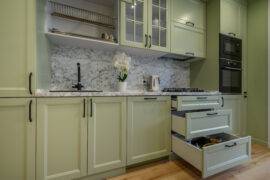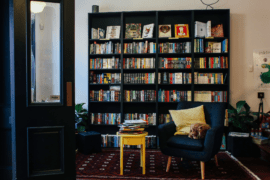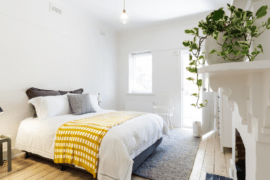Many aspire to create a home that exudes seamless harmony and effortless flow but often find it challenging to realize. Harmonizing various elements within a living space involves more than selecting complementary colors or stylish furniture; it requires a thoughtful synthesis of design principles that promote unity and fluidity.
From the thoughtful arrangement of furniture to the strategic use of lighting and textures, there are myriad ways to enhance the flow throughout your home. In this article, we will explore top tips and design tricks that can transform your living space into a cohesive sanctuary, where each room gracefully transitions into the next, creating an inviting and balanced environment that truly feels like home.
The Importance of Consistent Color Schemes
Maintaining a consistent color scheme throughout your home is essential for creating a sense of unity and harmony. When each room is connected by a common palette, it allows for a seamless visual transition from one space to another.
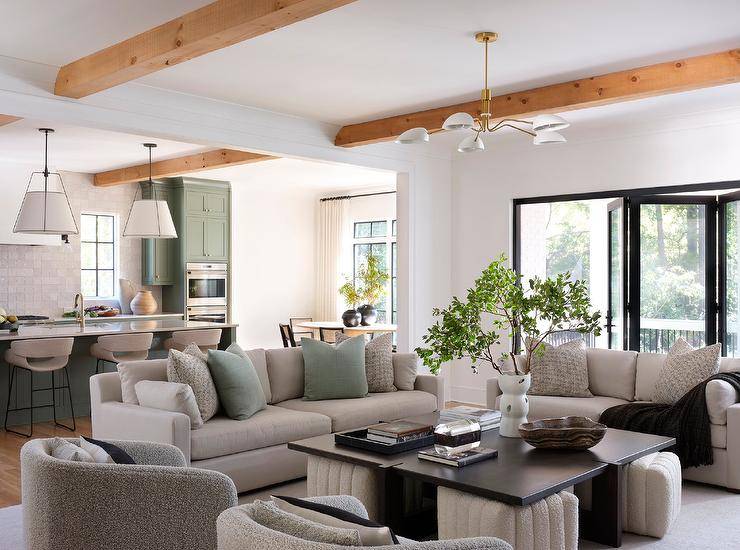
This approach not only makes your home feel bigger and more cohesive but also serves to highlight the individual character of each room. By selecting colors that complement each other, you can create flow throughout the home.
Consistent color schemes can also influence the mood and functionality of your spaces. For example, soft, neutral tones can create a calm, serene environment, while vibrant hues can energize and invigorate.
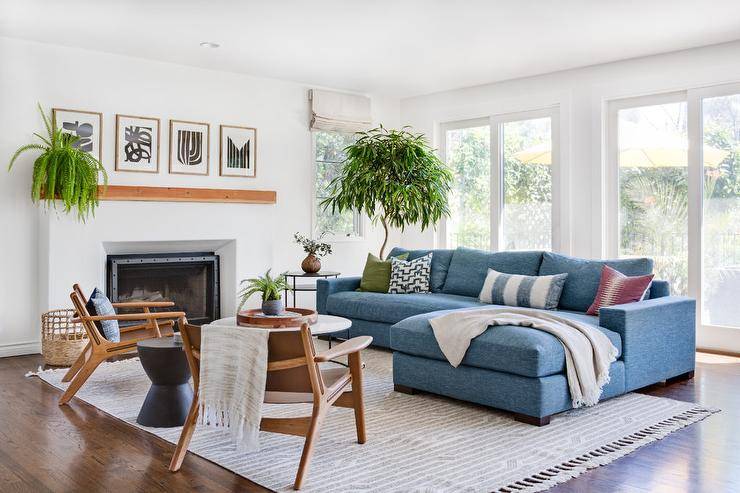
When you use a consistent color scheme, it becomes easier to mix and match décor elements, ensuring that everything looks intentional and thoughtfully placed. Ultimately, a well-chosen palette can bring your entire home together, making it feel like a unified, inviting sanctuary.
Utilizing Open Floor Plans for Seamless Transitions
One key benefit of an open floor plan is creating a seamless transition between rooms. By eliminating barriers like walls and doors, you encourage a natural flow throughout the home and can help achieve this effortlessly.

For example, using consistent flooring and color schemes in adjacent spaces can unify the look, making each area feel like an extension of the other. This not only enhances visual continuity but also makes the space feel larger and more inviting.
Another effective strategy is to use furniture and decor to subtly delineate different zones while maintaining an open, airy feel. Arranging furniture in a way that defines each area without closing it off can create functional spaces that still feel connected.

For instance, a strategically placed sofa can separate a living room from a dining area, while an open bookshelf can serve as a gentle divider between a home office and a lounge area. By thoughtfully planning the layout and design elements, you can achieve a harmonious flow that enhances both the aesthetic and functionality of your home.
Choosing the Right Furniture Layout
Choosing the right furniture layout can significantly enhance the flow throughout the home. Start by considering the purpose of each room and how you want to navigate through the space.
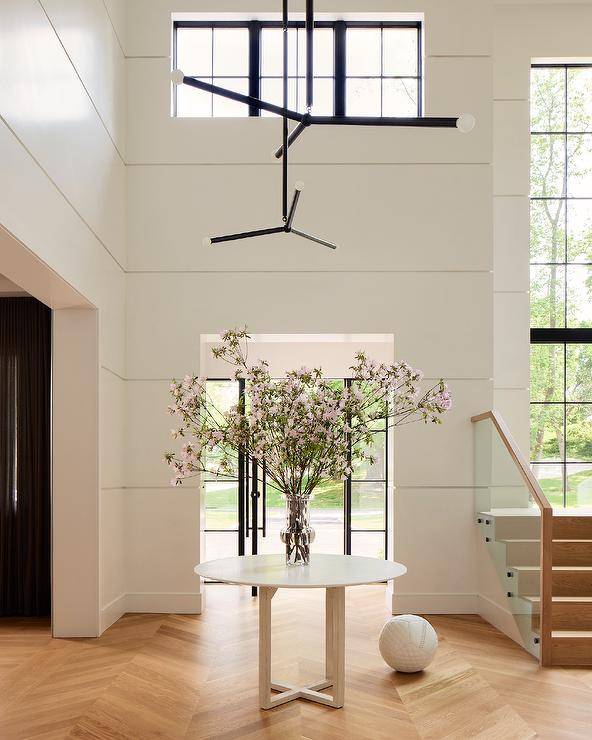
For instance, in the living room, arrange seating to encourage conversation and create clear pathways for easy movement. Placing furniture in a way that complements the room’s natural traffic flow can make a remarkable difference in how the space feels and functions.
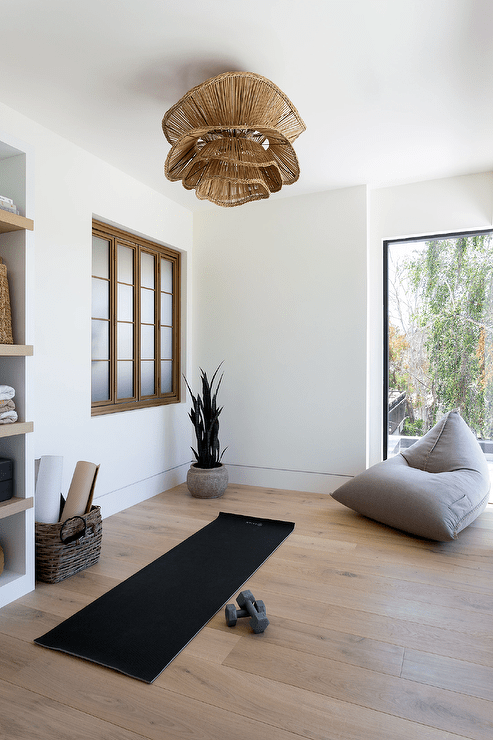
Balance and proportion are key. Avoid overcrowding spaces with too much furniture; instead, opt for pieces that are appropriately sized for the room. This approach ensures that each area feels open and inviting, contributing to a cohesive and seamless transition between rooms. Thoughtfully placed furniture can act as a visual guide, subtly directing the flow throughout the home and enhancing the overall harmony of your living spaces.
Integrating Lighting to Enhance Room Flow
Integrating the right lighting can significantly enhance the flow throughout the home when considering how to illuminate various spaces.
Ambient lighting serves as the backbone, creating a uniform glow that ties different rooms together. Think about using recessed lights or wall sconces that emit a soft, inviting light. This not only makes transitions between rooms seamless but also ensures that each space feels part of a cohesive whole.

Accent lighting plays a key role in highlighting architectural features and focal points that draw the eyes naturally from one room to the next. For instance, strategically placed spotlights or LED strips can accentuate artwork, shelves, or unique decor elements, leading a visual path through the home. By carefully selecting and positioning these light sources, you can create an inviting ambiance that encourages movement and connection between spaces.
Flooring Choices That Promote Continuity
When considering flooring choices that promote continuity, it’s essential to focus on materials that seamlessly transition from one room to another. Hardwood floors, for instance, are a timeless option that can create a cohesive look throughout your home.
By selecting a consistent wood type and finish, you can ensure that each space flows naturally into the next, enhancing the overall aesthetic and spaciousness. Additionally, consider the direction in which the planks are laid; running them parallel to the longest wall can further elongate the visual line, creating an uninterrupted flow.

Flow throughout the home often emphasizes the importance of consistency, and flooring is no exception. Beyond hardwood, other options like luxury vinyl planks or large-format tiles can also achieve this effect.
These materials come in a variety of styles and finishes that mimic natural stone or wood, providing the same cohesive feel without the price tag of more expensive options. By maintaining a uniform color palette and texture, you can effortlessly connect different areas of your home, making transitions smoother and spaces appear larger and more inviting.
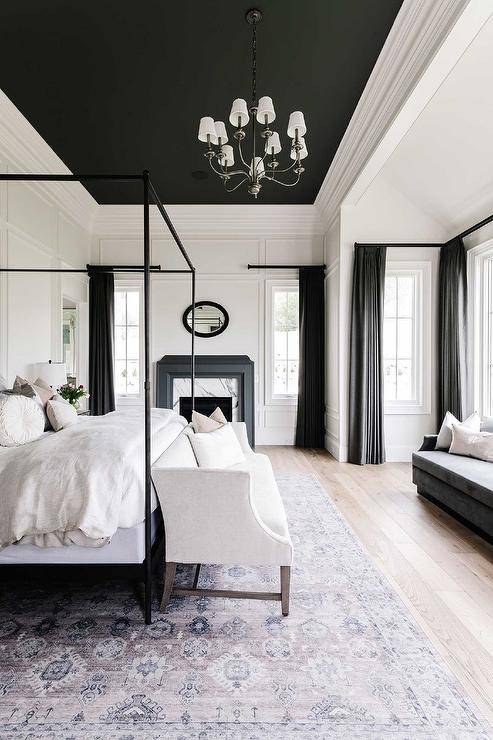
Using Decor Elements to Create Harmony
Another effective strategy is to use furniture and accessories to echo themes from one room to the next subtly. For example, if your living room features a rustic wooden coffee table, incorporating wooden elements in adjacent spaces can maintain a harmonious aesthetic.
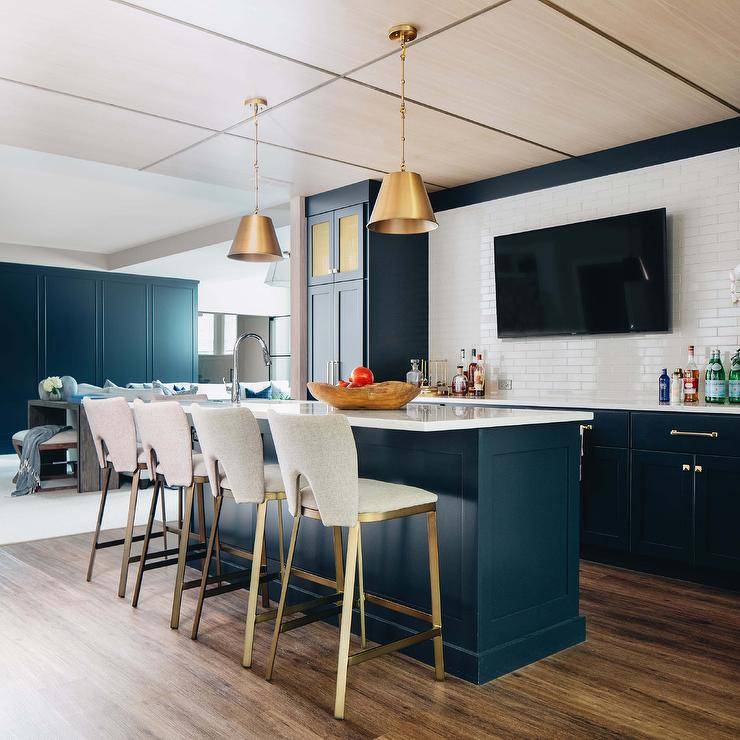
Art pieces, rugs, and lighting fixtures can also play a pivotal role. When these elements share a common style or theme, they contribute to a cohesive look and feel. Remember, the goal is to create a balanced environment where each room complements the others while maintaining its unique character.
Related Articles
- 7 Most Common Kitchen Design and Layout Mistakes to Avoid
- Arched Architecture in Home Decor Inspirations
- A Gallery Wall Layout Is The Way To Add Personality To Any Room
Turn your house into the home of your dreams. Our newsletter provides you with design ideas and decor trends. Subscribe now to start your journey to a stunning home! Click here to subscribe now.
